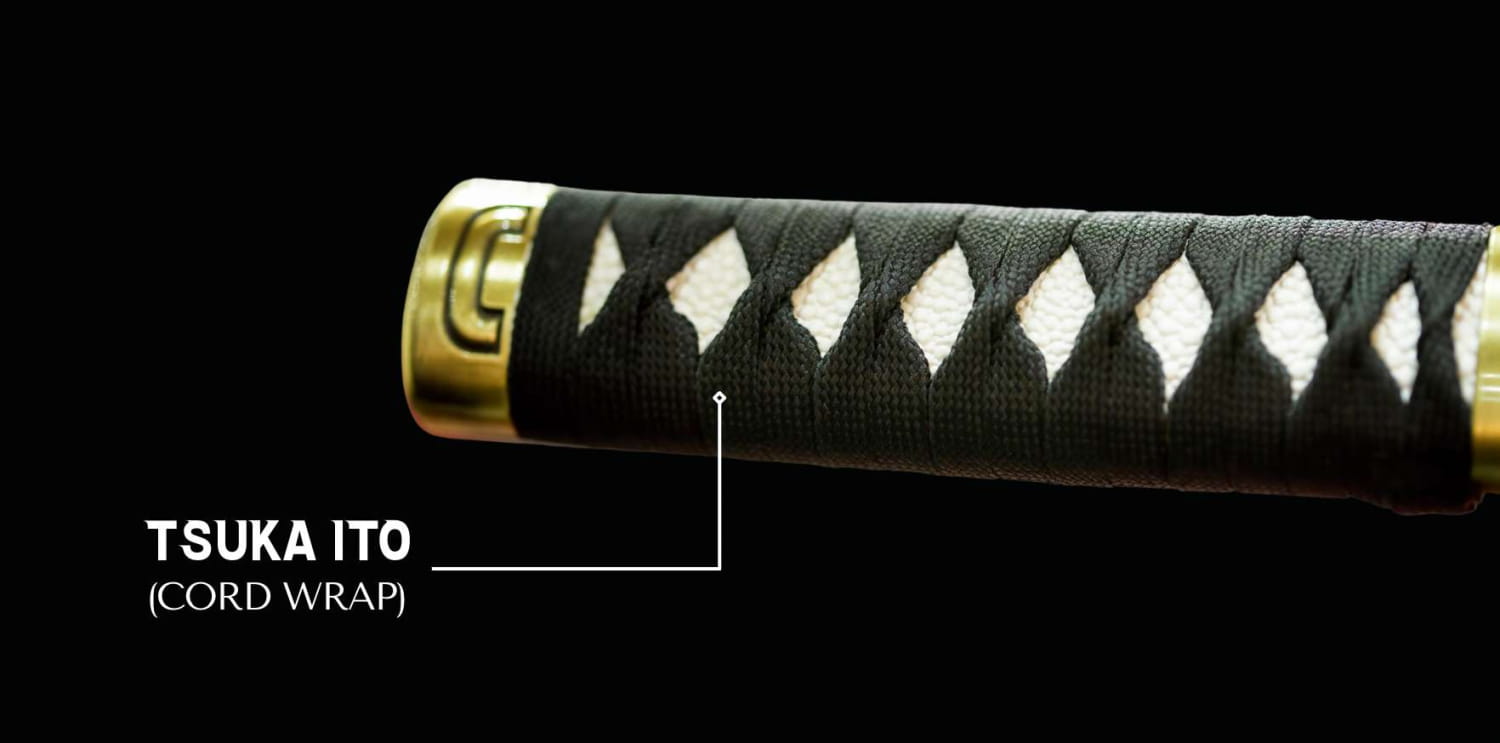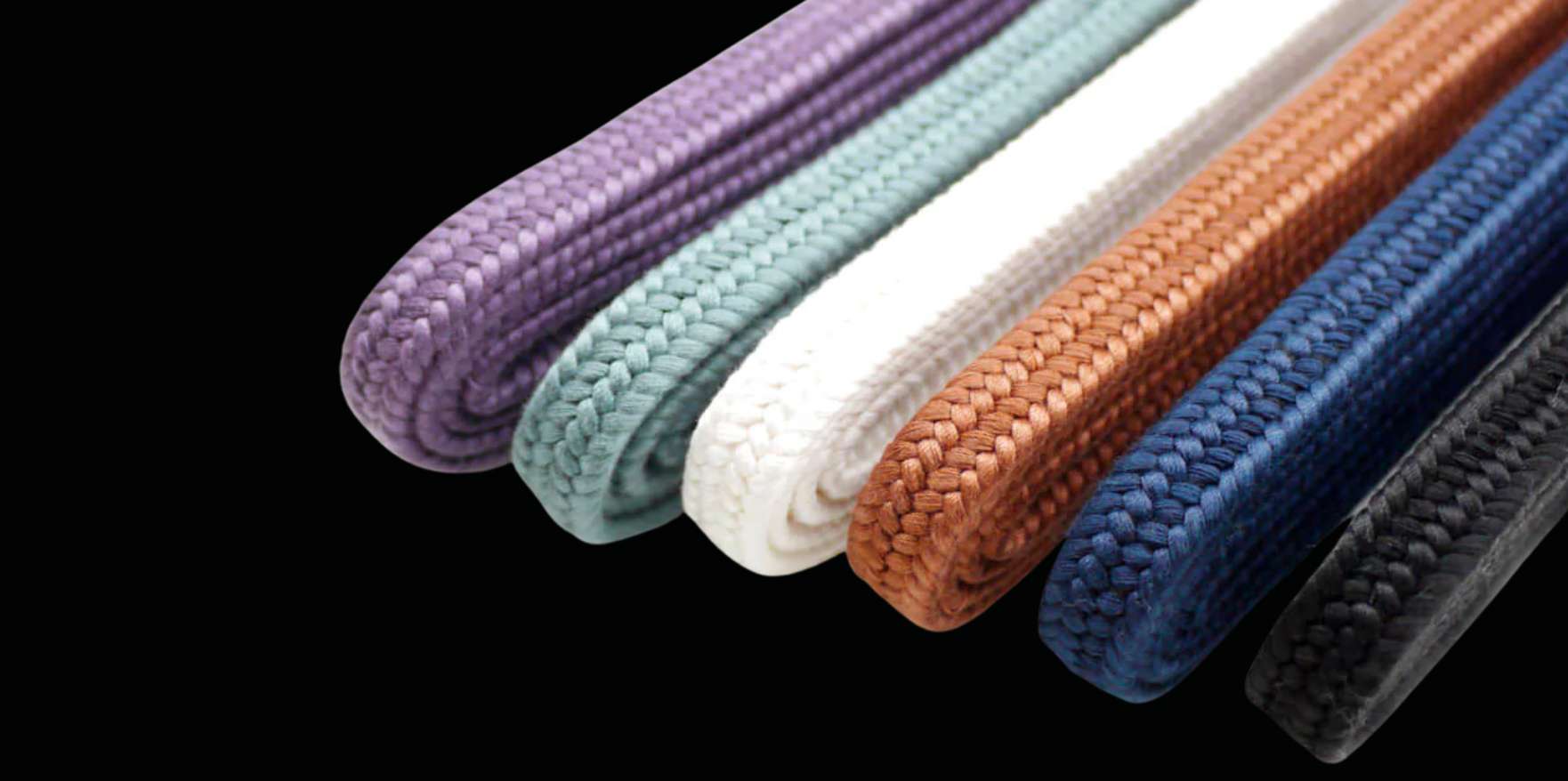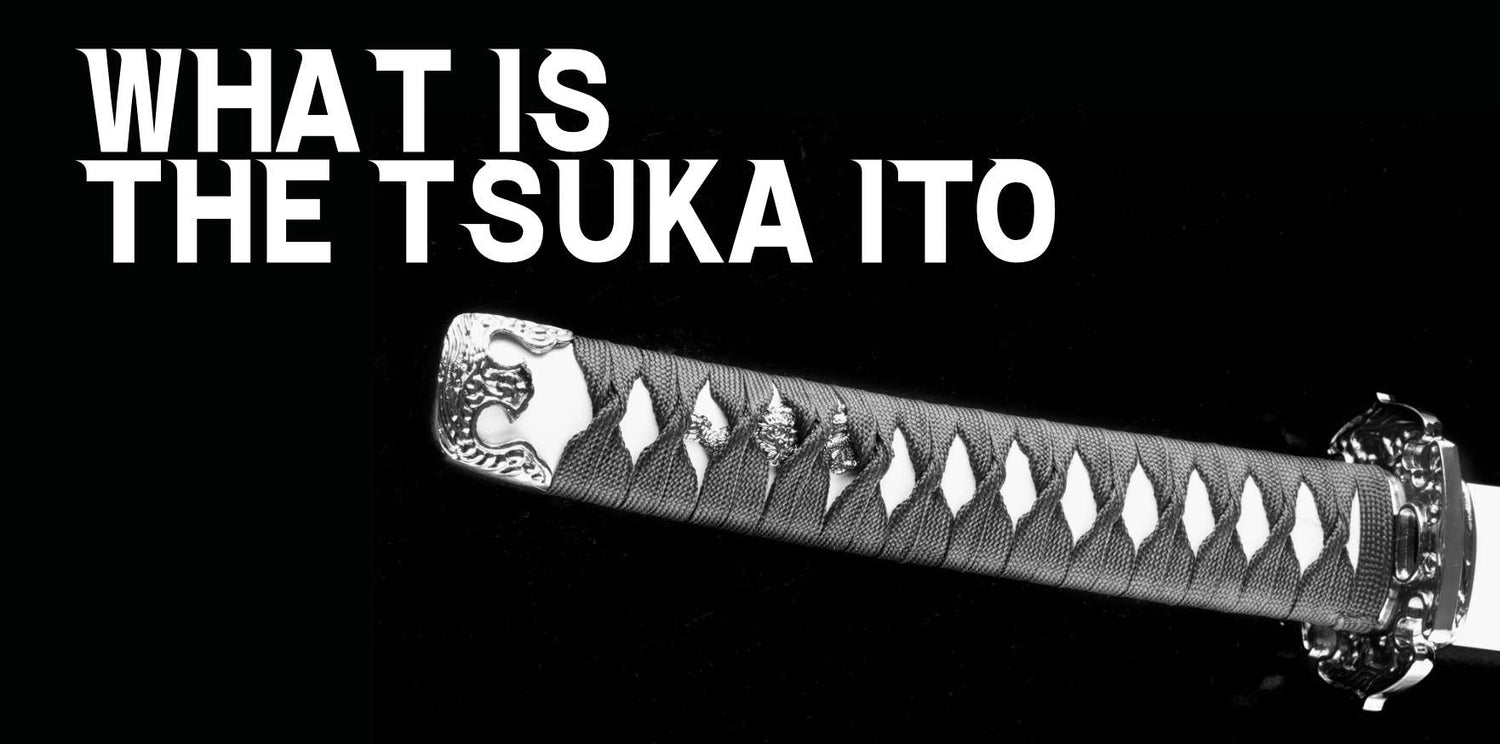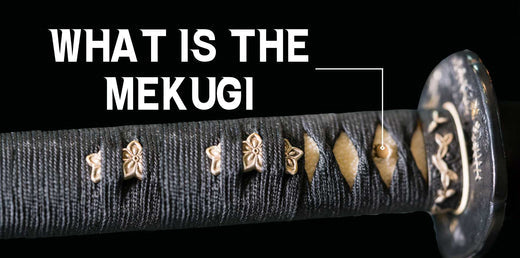Katana tsuka ito

Delving deep into the heart of a katana, we encounter Tsuka Ito (handle cord), a traditional Japanese cord applied to enrobe the handle of the iconic sword. Crafted from cotton or silk, it stands out with a variety of colors, patterns, and thicknesses. As a testament to its lifespan, Tsuka Ito typically requires replacement every few years due to wear and tear.
Tuska ito length
When discussing the length of Tsuka Ito, a basic rule prevails: it should approximately equal two-thirds of the blade's length. This specification ensures a comfortable grip and the perfect balance of the sword. The Ito's width correlates with the hilt's width, providing ample grip. Users can opt for the Ito color that best complements or contrasts their sword fittings, reflecting personal preferences.
Tsukamaki
Diving further into the art of Tsukamaki, we find that this is a unique Japanese practice of wrapping the sword's hilt or handle with cord or cloth. Deeply intertwined with traditional Japanese swordsmanship, Tsukamaki enhances grip comfort and control during usage.
Each school (ryu) of swordsmanship fosters its own Tsuka wrapping techniques. The most prevalent method utilizes Tsuka-ito, a unique cord designed specifically for this purpose. Following a specific pattern, the Tsuka-ito envelops the hilt, culminating in a secure tie at the end.
Embracing Tsukamaki serves multiple purposes. It improves the grip and comfort of the weapon while also offering protection from potential cuts from the blade. Further, it imparts a traditional and sophisticated look to the weapon.
Katana handle wrap styles
When it comes to katana handle wrap styles, various options abound, each carrying a unique aesthetic and feel. Let's explore some popular choices:
Tsuka-ito: This classic style employs cotton or silk cord wrapped around the handle following a precise pattern. Offering a snug grip, Tsuka-ito can be effortlessly replaced if it shows signs of wear or damage.
Ray Skin (Samegawa): This wrapping style uses ray skin, akin to the material in traditional Japanese armor. Despite being tough and durable, ray skin feels soft and offers superior grip and comfort, lasting for years with appropriate care.
Leather: An increasingly popular modern material for katana handle wraps, leather ensures comfort, style, and grip. Though its replacement can be slightly challenging, the effort pays off in aesthetic appeal and functionality.
Regardless of whether you opt for Tsuka-ito, ray skin, leather, or any other handle wrap, make sure you understand how to wrap it correctly. A poorly wrapped handle could lead to discomfort and potential danger.

How to wrap a katana handle
Let's now turn our attention to the method of wrapping a katana handle. If you're considering adding extra grip and comfort to your katana handle, wrapping it using traditional Japanese methods is a great choice. Here's a simple guide:
Gather your supplies:
- A length of cotton cord (approximately 2 meters)
- Adhesive tape
- Scissors
- And of course, your katana handle.
- Cut the cord in half. Begin winding one half around the base of the katana handle. Ensure the wrapping is tight with each layer slightly overlapping the previous one.
- Secure the end with adhesive tape.
- Repeat the process with the other half of the cord at the top of the handle. Once completed, secure the end with adhesive tape.
With this method, your katana handle should now offer a snug and comfortable grip. Practice makes perfect, and soon, you'll be wrapping your katana handle like a seasoned pro.
Finally, let's explore how to clean Tsuka Ito. The handle cord of your katana is one of the sword's most critical parts, offering a secure grip and protecting the blade from damage. Over time, it can become stained or grimy. If not properly cleaned, it can lead to corrosion and other damage.
How to clean tsuka ito
Cleaning your Tsuka Ito is simple. Use warm water and mild soap, gently scrubbing the cord with a soft cloth or brush, ensuring the fabric isn't damaged. Rinse thoroughly and let it air dry. With this process, your Tsuka Ito should be as good as new!
With just a little bit of regular care, your Tsuka Ito can retain its look and functionality for many years to come.




